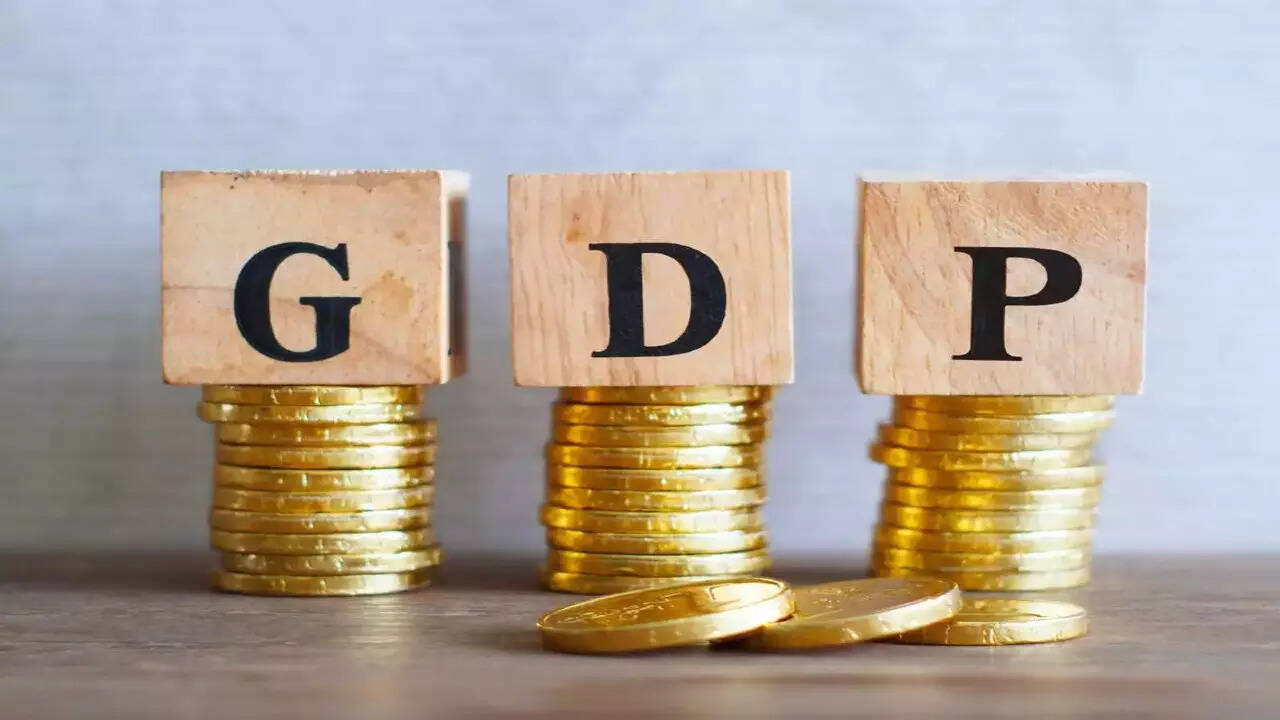
As worries of recession pick up across the world in an inflationary environment, analysts at Nomura have cut India‘s 2023 growth forecast to 4.7% from 5.4% earlier as it expects growth to slow down over the next year.
“Higher inflation, monetary policy tightening, dormant private capex growth, the power crunch and the global growth slowdown pose medium-term headwinds. Consequently, we lowered our 2023 GDP growth projection from 5.4% to 4.7%,” the firm said in a note co-authored by Aurodeep Nandi and Sonal Varma.
For FY23, they see GDP growth at 7.0% and at 5.5% for FY24.
The Indian economy has been climbing above pre-pandemic levels and the improvement in growth has been broad-based across consumption, investment, industry and the external sector.
However, inflation remains a sticky point. The CPI inflation moderated to 7.0% on an annual basis in May from 7.8% in April while the core CPI inflation declined to 5.9% from 7.1%. This moderation was driven by a favourable base, a cut in fuel duties and lower bullion prices.
The retail inflation has remained above the Monetary Policy Committee‘s (MPC) tolerance band for the sixth straight month. It has averaged to 7.3% in Q1 FY23, lower than the RBI’s estimate of 7.5%.
” Despite the government’s recent fiscal steps to counter inflation , upside risks persist from the continued pass-through of higher input costs, services reopening pressures, pending electricity tariff revisions and elevated inflationary expectations,” Nomura said.
Central banks across the world are now expected to hike rates aggressively in a bid to control inflation, even at the cost of sacrificing growth.
The RBI hiked the repo rate by 50 bps to 4.90% in June following an intermeeting 40 bps hike early in May.
“We expect consumer inflation to track back within the RBI’s target range only in the fourth quarter of the current fiscal. For the full financial year, we project inflation to average at 6.6%. RBI’s policy action will be contingent on volatility in global crude oil prices and the rate hike trajectory by the US Fed. We see a 50 bps rate hike in August policy followed by incremental hikes of 25 bps each in the following two meetings with the terminal repo rate at 5.90%,” CARE Ratings‘ Chief Economist Rajani Sinha said.
However, with the pace of inflation increase now a tad lower, analysts feel the RBI may refrain from opting from a 50 bps rate hike in the coming meetings.
“Falling commodity prices and lower than expected June quarter inflation could make the MPC refrain from a 50 basis point rate hike,” Citi economists Samiran Chakraborty and Baqar M Zaidi wrote in a report.
“The possibility of a larger rate hike can arise only if sustained depreciation pressure on the rupee forces the RBI to close down the interest rate differential faster,” they said.